Many of the recommendations have been incorporated into governor's proposed budget
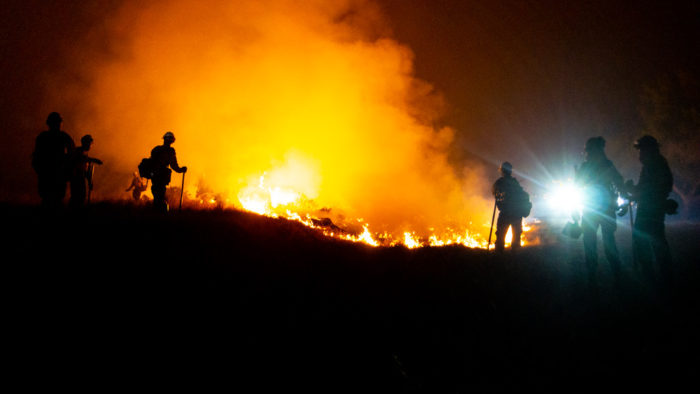
Following the most extensive wildfire season in California history, a special task force created by Gov. Gavin Newsom to create new forest management policies offered a detailed plan for addressing the crisis of wildfire. The Wildfire and Forest Resilience Action Plan sets a new agenda for meeting the state’s target of completing projects on 500,000 acres annually by 2025 and expanding the use of prescribed fire, particularly on state-owned lands.
The plan arrived just days before Newsom unveiled the details of his proposed state budget, which earmarks $1 billion for forest restoration, fire prevention and recovery. Many of the items detailed in the budget proposal also appear in the recommendations of the California Forest Management Task Force.
The report notes that “California wildfires during the 2020 fire season broke numerous records. Five of California’s six largest fires in modern history burned at the same time, destroying thousands of buildings, forcing hundreds of thousands of people to flee their homes, and exposing millions of residents to dangerously unhealthy air. More than 4 million acres burned across the state, double the previous record.”
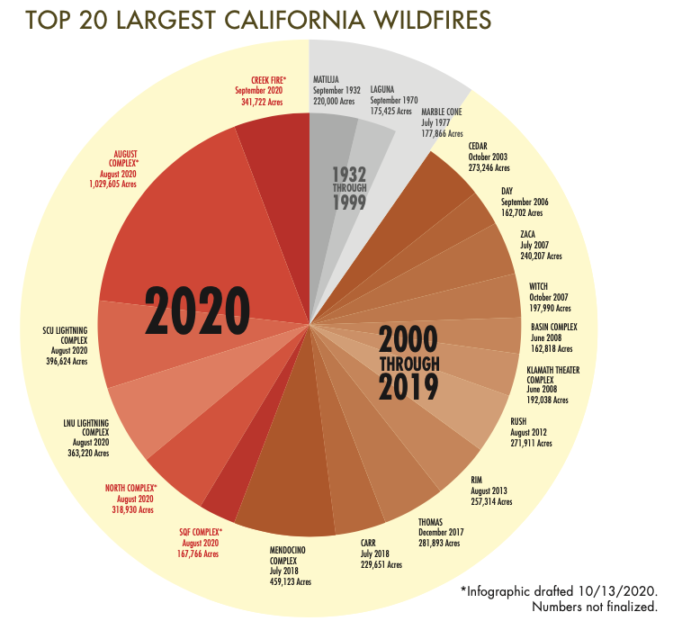
Fires were extensive in the coast redwood and giant sequoia forests. Fire covered about 5% of the coast redwood range (more than 81,000 acres), and 9.5% of the remaining ancient footprint experienced fire (11,200 acres out of the 118,000 acres standing today). Fire reached about 35% of the giant sequoia range (more than 16,500 acres), much of it in the form of severe wildfire, killing hundreds of ancient sequoia.
Here are the key elements of the plan, many of which have implications for the coast redwood and giant sequoia forests:
Scale-up forest management to meet the state and federal 1 million-acre annual restoration target by 2025.
- This includes expanded work crews, grant programs, and partnerships to meet fuel treatment goal of 500,000 acres annually by 2025. This will match the U.S. Forest Service’s treatment of 500,000 acres.
Significantly expand the use of prescribed fire across the state.
- This will include efforts from CAL FIRE, the federal government, and tribes. The state will also help establish a Prescribed Fire Training Center to provide training opportunities for prescribed burn practitioners and focus training efforts on western ecosystems.
Reforest areas burned by catastrophic fire.
Support communities, neighborhoods, and residents in increasing their resilience to wildfire.
- CAL FIRE will significantly expand its defensible space and home hardening programs and launch a new program building upon the Governor’s 35 Emergency Fuel Break Projects by developing a list of 500 high priority fuel breaks across the state. This list will be continuously updated.
Private landowner assistance and training.
Improve and align forest management regulations.
- This is specifically intended to streamline the permitting process for forest stewardship.
Spur innovation and better measure progress.
- This will involve better data collection and incorporation of emerging technologies and best practices.
Integration with the state’s efforts to combat climate change through the following actions.
- Scale-up forest thinning and prescribed fire efforts to reduce long-term greenhouse gas emissions and harmful air pollution from large and catastrophic wildfires;
- Integrate science-based climate adaptation and resiliency strategies into the emerging state-wide network of regional forest and community fire resilience plans;
- Drive forest management, conservation, reforestation and wood utilization strategies that stabilize and increase the carbon stored in forests while preserving biodiversity and revitalizing rural communities;
- Improve electricity grid resilience; and
- Promote sustainable land use.
The California Forest Management Task Force (Task Force) was established in 2018 to introduce a more holistic, integrated approach toward effective forest management. The Task Force’s purpose has been to develop a framework for establishing healthy and resilient forests that can withstand and adapt to wildfire, drought and a changing climate.


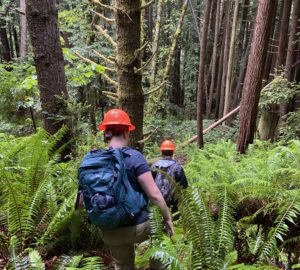
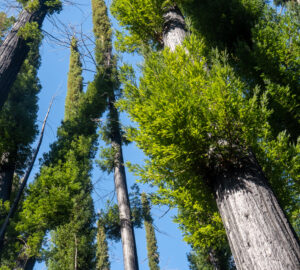
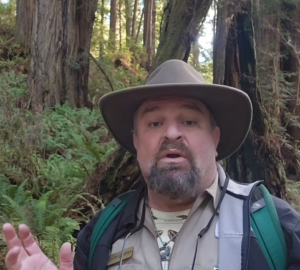


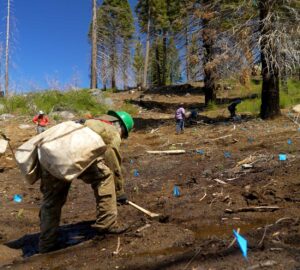

5 Responses to “Wildfire action plan unveiled in response to record-breaking fire season”
Jon Castor
Thanks Garrison. This new action plan is certainly a step in the right direction. Hope it will be enough.
Jon Castor
Btw, one of the links at the bottom of your article has a spelling error: ‘Redwoods Snd Fire’. Should be And, of course.
Save The Redwoods League
Thanks Jon, we’ve corrected the error. Much appreciated.
Will Sultan
Are there any opportunities for volunteers to assist in the actions proposed by the Wildfire and Forest Resilience Action Plan? I understand that residents individually have a role to play in better proofing their homes and communities against wildfire, but for those interested in participating are there further possibilities in the projects mentioned above that concern the 500,000 acres of land set to be managed by 2025?
Save The Redwoods League
Hi Will, thanks for your question about volunteering. At this point the state’s plan is largely unfunded, and putting it into action will rely on the governor getting funding approved through his budget. We’ll keep you up-to-date on that process, and at one or two points, may ask folks to voice their support through an email to their legislators. Assuming that at least some of this funding is approved, money will likely trickle into the hands of government agencies, and perhaps even some NGOs that may call on volunteers to help implement some aspect of their work. We’ll share those opportunities as they arise.